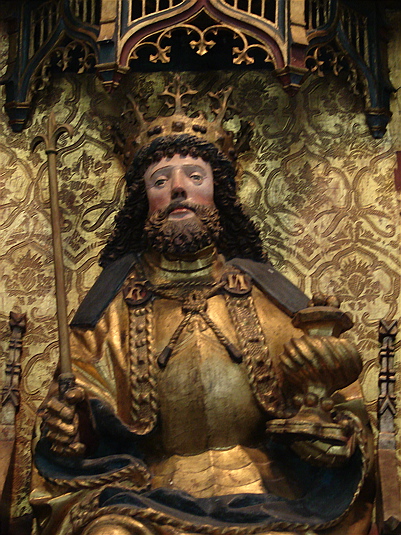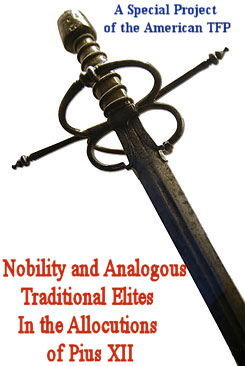St. Canut
Second son of Eric the Good, king of Denmark, he was made duke of Sleswig, his elder brother Nicholas being king of Denmark. Their father, who lived with his people as a father with his children, and no one ever left him without comfort, says the ancient chronicle Knytling-Saga, p. 71. died in Cyprus, going on a pilgrimage to the holy land, in which he had been received by Alexius Comnenus, emperor, at Constantinople, with the greatest honour, and had founded an hospital at Lucca for Danish pilgrims. He died in 1103, on the 11th of July. Mallet, l. 2. p. 112.
Canut set himself to make justice and peace reign in his principality: those warriors could not easily be restrained from plundering. One day, when he had condemned several together to be hanged for piracies, one cried out, that he was of blood royal, and related to Canut. The prince answered, that to honour his extraction, he should be hanged on the top of the highest mast of his ship, which was executed. (Helmold, l. 6, c. 49.)
Henry, king of the Sclavi, being dead, and his two sons, St. Canut his nephew succeeded, paid homage to the emperor Lothaire II and was crowned by him king of the Obotrites, or western Sclavi. St. Canut was much honoured by that emperor, in whose court he had spent part of his youth. Valour, prudence, zeal, and goodness, endeared him to all. He was slain by a conspiracy of the jealous Danes, the 7th of January, 1130, and canonized in 1171. His son became duke of Sleswig, and in 1158 king of Denmark, called Valdemar I. and the Great, from his virtuous and glorious actions.
Cfr. The Lives of the Saints, 1866, by Rev. Alban Butler (1711–73). Volume I: January. p. 107








